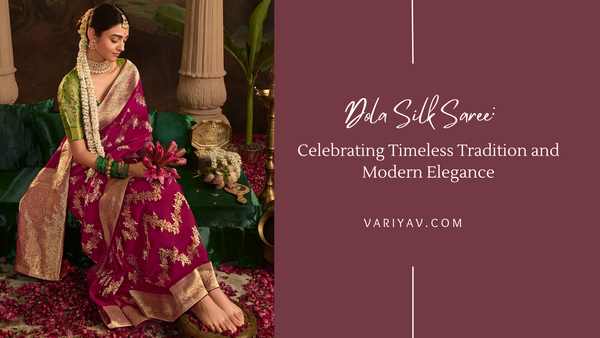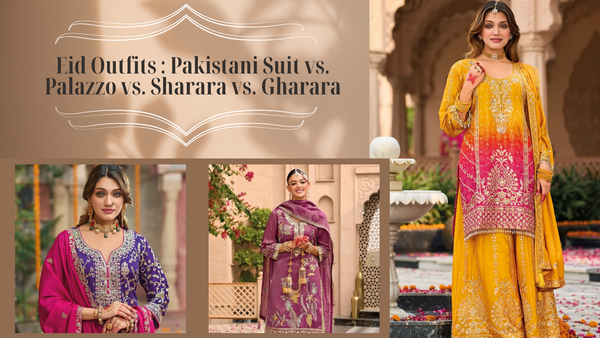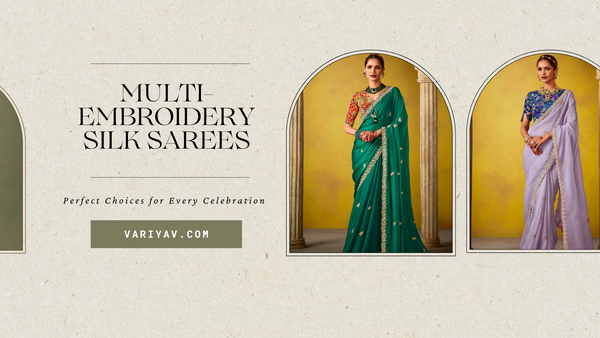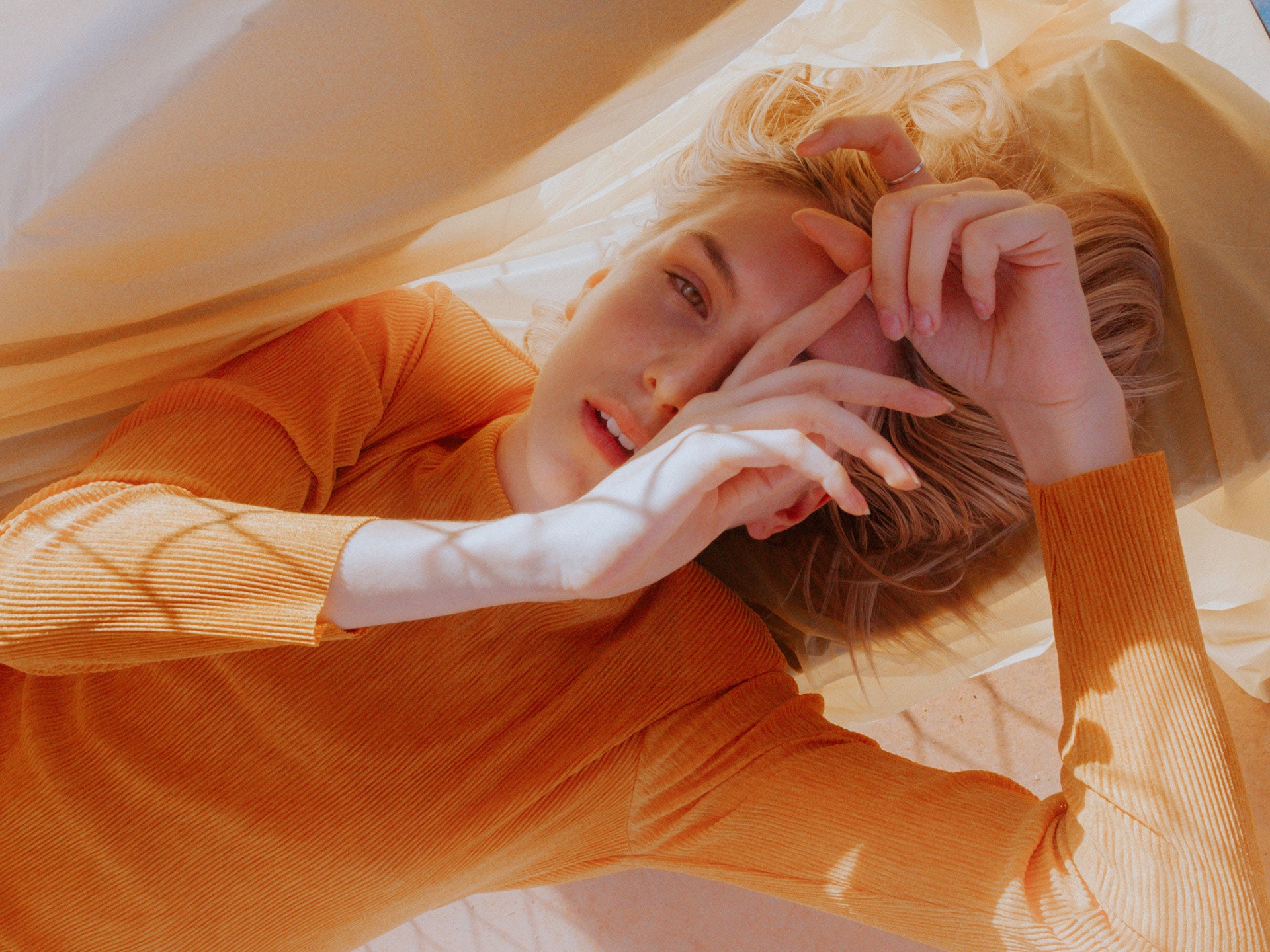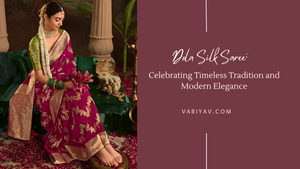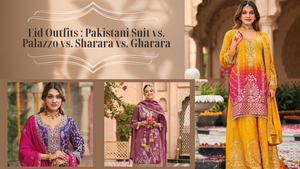what is banarasi silk saree ?

The Eternal Art of the Banarasi Silk Saree
All over the world, saree lovers and Indian women hold Banarasi silk sarees in the highest regard. As a window into India's long and storied textile past, the cultural importance, luxurious fabric, and elaborate designs of Banarasi sarees have brought them international renown. Banarasi silk sarees are the subject of this in-depth blog post, which will go over their history, maintenance, varieties, and forms.
Introduction
A Banarasi saree is a style of saree produced in Varanasi (formerly Banaras) which is located in India. banarasi saree famous by their exquisite needlework, elaborate motifs, and rich fabric, Banarasi sarees are regarded as some of the best in India. These sarees were originally made by Indian weavers who were taught Persian patterns during the Mughal Empire. The elaborate patterns seen on contemporary Banarasi silk sarees are the product of artistic collaborations between India and Persia.
The Mughal emperor Akbar was among those who helped shape the evolution of these sarees. With the support of the royal family, the workforce thrived, and Banaras soon became an internationally famous hub for silk weaving. Methods and designs were passed down from one generation to another, which allowed the trade to be conserved and improved.
Characteristics of Banarasi Silk Sarees
1. Luxurious Fabric : Banarasi silk sarees are known for their exceptional weaving, which gives them a glossy and velvety finish. These sarees exude opulence because they are made of the finest silk. Subtle draping draws attention to the wearer's beauty and poise.
2. Delicate Designs: Stunning patterns are characteristic of sarees made of Banarasi silk. Many saree designs feature flower themes, paisleys, or scenes from Indian mythology. The patterns are skillfully woven into the fabric with zari threads of gold and silver, creating a striking visual effect.
3. Rich Zari Crafts : Banarasi silk sarees are unique due to the zari embroidery. Metallic threads, such as gold and silver, give weaving an elegant quality. These sarees are ideal for formal occasions due to the exquisite zari work that adorns the hefty pallu and border.
4. Timelessness and Resilience : Banarasi silk sarees are strong despite their fragile appearance. These sarees will last a lifetime because to the high quality silk and precisely woven weave. Beautiful and enduring, banarasi sarees are often passed down through generations.
5. Culture's Importance : The Banarasi silk saree is a very valuable garment in India. They are traditionally worn during weddings, festivals, and religious ceremonies. They represent tradition and class with their sumptuous clothing and exquisite decorations.
Types of Banarasi Silk Sarees
There are distinct qualities and methods of weaving that are indicative of each kind of Banarasi silk saree.
- pure silk: pure silk or Katan silk is lustrous and silky smooth. these sarees are luxurious.
- organza silk:A lightweight and elegant choice for formal occasions are organza (kora) sarees embellished with silk and zari.
- Georgette Banarasi: Light, delicate fabrics and on-trend styles.
- shattir: A silk and other fiber blend that is less expensive is called shattir.it give traditionaly look in affordable price.
- jangla: Jangla is known for its rich, elaborate designs that are adorned with jungle-inspired floral and foliage themes.
- Tanchoi is a type of intricate weaving that does not employ zari but instead features floral and paisley designs.
To find the perfect outfit for every occasion, peruse variyav.com's Banarasi Sarees Collection.
The Art of Weaving Banarasi Silk Sarees
Making a Banarasi silk saree requires a lot of handiwork and the expertise of trained artisans. following steps are involved in crafting the banarasi silk saree
1. Basic Layouts: The creation of a Banarasi silk saree begins with the design of the Naksha pattern. Skilled designers meticulously sketch each piece of this elaborate artwork on paper. Transfers of paisley patterns, floral designs, and images from Indian mythology adorn the fabric.
2. Creating Silk Tassels: To create a banarasi saree, artisans employ the finest silk threads. Their resilience, suppleness, and shine are the deciding factors in the thread selection process. Their vivid hues go well with the saree's. Dye makes colors that last.
3. Setting Up the Loom: Using silk threads that have been dyed, a loom is constructed. The warp setting on a loom includes stretching the threads lengthwise. Threads are organized according to color and design so that the pattern can be wove into the material precisely.
4. saree weaving: Most magical moments occur during weaving. Weaving a Banarasi silk saree is an intricate procedure that can take anywhere from a few weeks to a few months, depending on the intricacy of the design. The elaborate designs are created by the weavers by interlacing silk threads with zari threads of silver or gold. A high level of skill and accuracy is needed.
5. The Zari Add-On: A zari, or metallic thread, design is a telltale sign of a Banarasi silk saree. Woven into the fabric are elaborate designs and motifs made of zari threads, which can be either gold or silver. At this point, the saree takes on a more luxurious look.
6. Finishing Touches: The saree is given its final touches after the weaving process. The process of cleaning the cloth, removing any loose threads, and pressing it to enhance its shine. A stunning Banarasi silk saree is all set to be worn and admired.
Styling Tips for Banarasi Silk Sarees
Traditional Banarasi silk sarees are exquisite and culturally significant. Their opulent fabrics and elaborate ornamentation make them perfect for parties and nuptials. The beauty of these sarees lies in the manner you wear them.
1. Pick Out a Blouse: What makes or breaks your saree is the blouse. Tips for coordinating a silk Banarasi saree with a blouse:
- Choose a blouse of contrasting color to draw attention away from your saree.
- A blouse with elaborate embroidery or embellishments can take the outfit to the next level.
- Some examples of classic cuts are high necks, deep backs, and boat necks.
2. Accessorize Wisely: Embellish The way a saree looks can be enhanced with the right accessories. Some recommendations for complementing items:
- Authentic Indian Jewelry: Polki, kundan, and temple jewelry complement Banarasi sarees well. Long necklaces, chokers, and jhumkas are some of the most prominent accessories.
3. The Ideal Drape :The manner you wear your saree has a big impact on your appearance. Consider these drapery patterns:
- classic draping: The Nivi drape is a classic option that will never go out of style, and it works for any occasion.
- lehenga style :Draping a saree over a lehenga is a great way to update your look.
- Seedha Pallu: Draping the pallu in front is a way for Gujaratis to show off their beautiful handiwork.
Caring for Your Banarasi Silk Saree :Your Banarasi silk saree should remain beautiful and long if you follow these care tips:
- Dry Cleaning :To keep the metallic threads and delicate fabric, just dry clean your Banarasi saree.
- Storage: Keep your saree somewhere cool and dry; avoid direct sunshine. Cover it with a muslin towel to help to keep damp out and flies away
- Airing: Sometimes take your saree outside to air it in order to prevent mildew.
- Avoid perfume: Steer clear of directly spraying perfume on a saree since the chemicals could ruin zari work and fabric.



